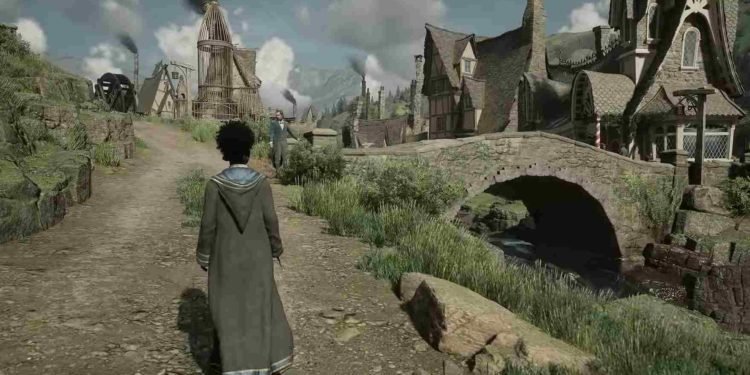Hogwarts Legacy is finally ready for its global launch on 10th February, and those who had early access through the Deluxe Edition have already faced many bugs and issues while playing the title. This has been especially true for players running the game on PC, with reports of stuttering FPS and frame drops from many users. If you’re also experiencing this issue, you’ve landed on the right page. In this guide, we’ll take a look at some potential workarounds to help improve your FPS and performance in Hogwarts Legacy.
Hogwarts Legacy: How to update DLSS to improve FPS & Performance
The newest gaming technology has not been able to completely eradicate bugs and other issues from modern games; Hogwarts Legacy is no exception. If you’ve experienced your gaming sessions being negatively impacted by frequent stuttering or frame drops, there are a few things you can try in order to fix the problem. Check the possible workarounds to solve this issue below-
Update your DLSS files (Nvidia)
DLSS, or Deep Learning Super Sampling, as many gamers already know, provides better performance when enabled, in video games. DLSS uses artificial intelligence and machine learning algorithms to analyze and process game images, making them appear smoother and sharper while reducing the computational load on the graphics card. This results in improved performance and a higher frame rate. Outdated or corrupted DLL files for DLSS may be the reason behind stuttering and frames drops. So, to eradicate this you will need to manually update the DLL files. To do so,
- Head over to this site and download the latest Nvidia DLSS DLL files. Or, you can also get the DLSS Swapper via this link.
- After downloading the DLL files, extract the .zip.
- Copy and paste the extracted DLL files to the following location- “C:\Program Files (x86)\Steam\steamapps\common\Hogwarts Legacy\Engine\Plugins\Runtime\Nvidia\DLSS\Binaries\ThirdParty\Win64”
- Confirm to overwrite and replace the old DLL files with the new ones.
- Restart your system.
Now launch the game and check if the stuttering and frame drop still persists. Also, make sure to turn off V-sync in the game, and enable it via your GPU Control Panel. If this does not solve the issues, then move on to the next method which is given below.
Tweaking the “Exploit Protection” Settings
A user on Hogwarts Legacy’s Steam Discussion page recently posted a potential workaround, which might solve the issue. So, this is worth giving a try.
- Head over to the “Exploit protection” feature in Windows. Simply type it into the search bar, and select the appropriate result.
- Once you are in the “Exploit Protection” menu, click on the “Program settings” tab to begin.
- Now, click on the “Add Program to customize” option, and select “Choose exact file path”. After this, locate the game’s .exe file (path- C:\Program Files (x86)\Steam\steamapps\common\Hogwarts Legacy) and select it. A new menu will appear.
- Scroll down to find the “Control flow guard (CFG)” option.
- Find the “Override system settings” option and toggle it from “On” to “Off.”
- Finally, click “Apply” and restart your PC for these changes to take effect.
Change Priority Settings
Launch the game, head to your Task Manager, and select the Details tab. Now, right-click on Hogwarts Legacy and select the Set Priority option. After this, click on High.
If that didn’t work, make sure to lower the in-game settings and enable Nvidia Reflex+ Boost. Cross your fingers, start the game, and the stuttering should have stopped hopefully. That is all for this guide. We hope you found it helpful in addressing the stuttering and performance issues in Hogwarts Legacy. Stay tuned to Digistatement for all your gaming-related queries.
Related post,


